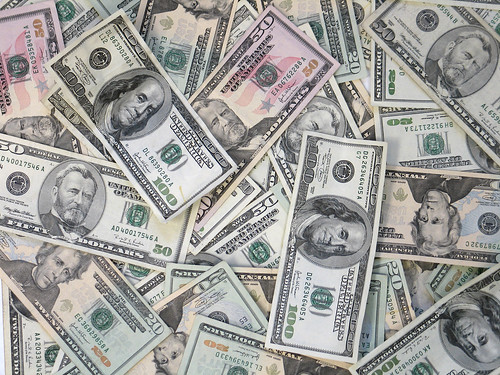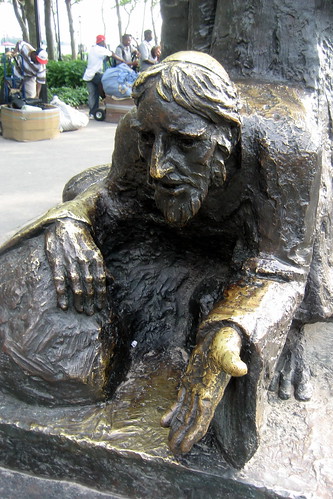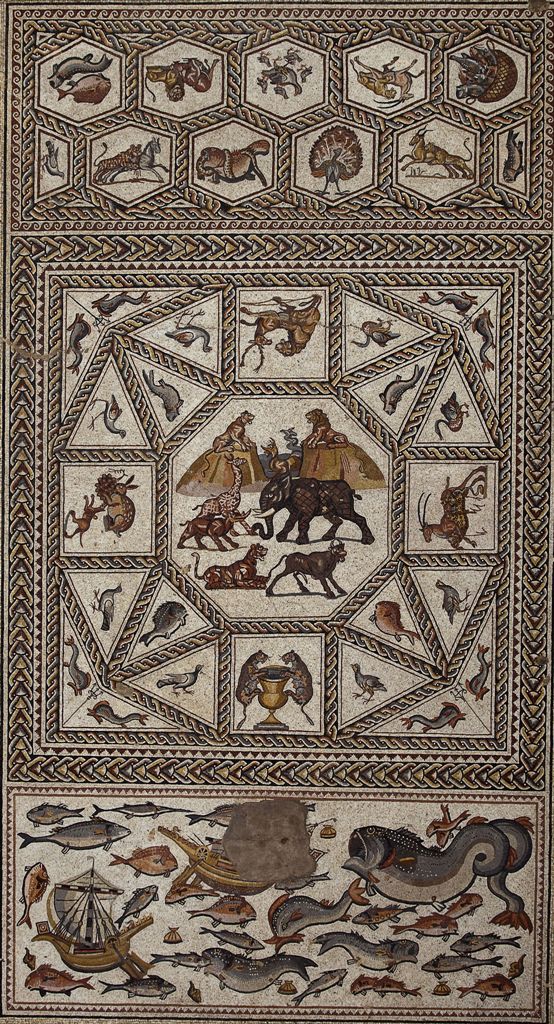Many moons ago, when I was a graduate student in Jewish history happily spending my days doing little else but reading, one of the most intriguing books I encountered was not Maimonides' Guide to the Perplexed, or Transactions of the Paris Sanhedrin or, for that matter, Hannah Arendt's The Origins of Totalitarianism but Werner Sombart's The Jews and Economic Life.

Instead of turning to the usual suspects for answers--to statistics, say, or government records--the German sociologist turned to Judaism or, more to the point, to the desert where Judaism was born. Linking religion to topography and culture to climate, he allowed how the religion of a rootless, desert people accustomed to reckoning with the hard, tree-less environment of the desert gave birth to a way of thinking that rewarded abstraction. And, in the fullness of time, this predilection for abstraction flowered into capitalism.
Wild, wooly, fanciful and fantastic, Sombart's theory drew me like the proverbial moth to the flame. Whether it was right or wrong, grounded in a willful misreading of the Bible or a skillful, daring reinterpretation of it--none of this mattered to me. What mattered was the way Sombart transformed a mode of thinking into a cultural position, a way of being in the world, a social value. To put it another way, I liked the way Sombart thought.
His conclusions, laced with a kind of racism that precluded change, was something else again. But his imaginative process was nothing less than captivating, prompting me to range a bit more freely in my own work on the modern Jewish experience.
It's been years since I've had Sombart in my thoughts. But now, thanks to Jerry Muller's provocative and perceptive new book, Capitalism and the Jews, Sombart is back in my sights.
Muller's lucid and gracefully written account not only devotes a couple of pages to Sombart's musings about the Jews but also makes abundantly--and at times even painfully clear--how money is not simply an economic transaction but a cultural and social phenomenon, whose consequences transcend the marketplace.
Money has meaning, a social meaning, especially when it comes to figuring out the place of the Jews in the modern world.



 I thought I'd buck that trend by having the students in my
I thought I'd buck that trend by having the students in my  Yiddish may not be what it once was – the lingua franca, the daily language, of
Yiddish may not be what it once was – the lingua franca, the daily language, of 
 Others, however, rejected this position out of hand and resolutely kept on keeping kosher, while still others (the majority, perhaps?) sought a middle ground, choosing, as
Others, however, rejected this position out of hand and resolutely kept on keeping kosher, while still others (the majority, perhaps?) sought a middle ground, choosing, as 
 Both men left behind a mass of papers - so many, in fact, that they've come to inhabit every nook and cranny of the dust-laden Bronx apartment Grade shared with his wife Inna and, near as anyone can tell, that of the cat-infested Tel Aviv apartment of Eva Hoffe as well. Hoffe, who in a delicious twist of irony, lives on Spinoza Street, is the daughter of Esther Hoffe (Are you still with me?) who was the secretary of
Both men left behind a mass of papers - so many, in fact, that they've come to inhabit every nook and cranny of the dust-laden Bronx apartment Grade shared with his wife Inna and, near as anyone can tell, that of the cat-infested Tel Aviv apartment of Eva Hoffe as well. Hoffe, who in a delicious twist of irony, lives on Spinoza Street, is the daughter of Esther Hoffe (Are you still with me?) who was the secretary of  Much like Christo's 2005 site specific project,
Much like Christo's 2005 site specific project, 